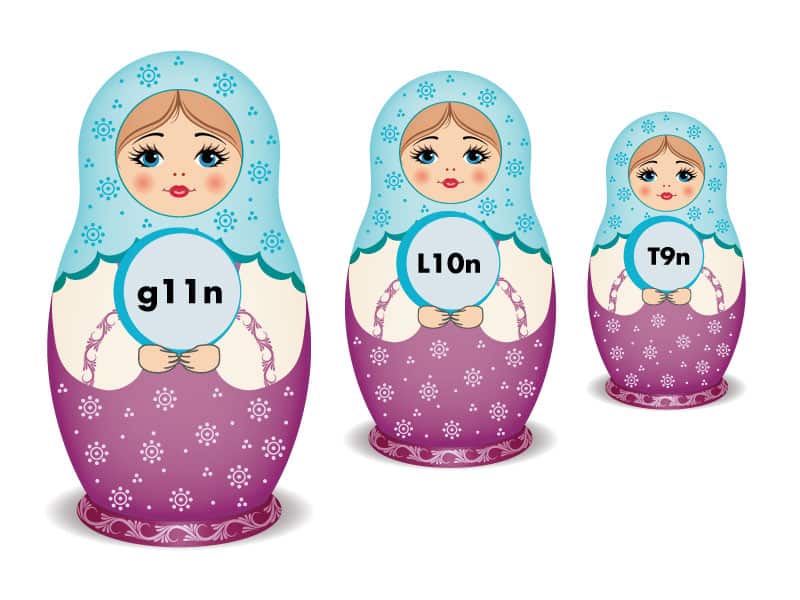The Curious Case of Translation, Localization and Globalization
If you are still having trouble figuring out what is localization (L10n), or even worse globalization (g11n), you came to the right place. Many people seem to think these are just fancy words for translation, but it’s not really the case. Even though these terms are interconnected, they have their own specific definitions, applications and scopes of meaning.

To simplify this relation, think of it as a Russian Matryoshka doll, with translation being the core of it, or the smallest piece. It means that translation (T9n) is the central piece around which we can build everything else. We can essentially define it as communicating the meaning from one language to another. It may sound simple, but even with the help of CAT tools, digital resources and translation technology, it takes a lot of hard, intellectual and creative work.
However, the advent of the internet (seems like it was centuries ago, doesn’t it?) fundamentally changed the way we exchange the information, including the products and services. Succinctly speaking, space ceased to be the force it used to be. We came to realize it was no longer enough to just communicate the meaning of the textual information anymore, but to fully adapt the content for the international audiences. Which brings us to the next step – covering our first doll with the bigger one.
What does that mean?
As every country has its own values and social norms, it is important to adapt the translated content in accordance with their linguistic and cultural standards. This includes adaptation of currencies, date and time formats, symbols and icons, culturally appropriate text, graphics, references and so on. This process of adaptation is called localization. Before diving into the localization process, we need to thoroughly research not just the language of target audience, but their culture, habits and behavior as well. When doing so, we use any piece of cultural intelligence we can get a hold of – from style guides that provide a deeper insight into the linguistic mysteries and details of the target language, to various market researches.
Once we have a product that is translated, localized and prepared for everyday use, it is ready for global launch. This is where we create our biggest doll – the one that makes our company visible and represents our work in the best possible way. Globalization is usually a tricky word, but its meaning is perhaps best described as the output of all our localization efforts. It is all about putting our product/service out there in the world. What needs to be considered in this phase is product management, financial, marketing and legal aspects. It also includes research and identification of global markets, market validation and selection, identification and formalization of global business requirements and other activities.
Finally, we can send our precious doll safely into the world, which means we can be recognized as someone who cares not only about developing a good product/service, but also about satisfaction of our customers and respect for their culture and language.
